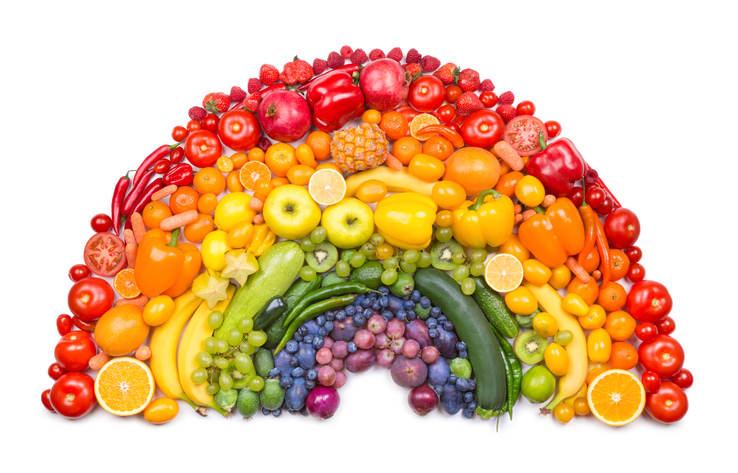When we think of food, we often associate taste, aroma, and texture as the primary factors influencing our dining experience. However, another crucial element plays a significant role in enhancing our culinary encounters – food colours. From vibrant reds to deep yellows, the use of natural food dyes derived from fruits, vegetables, and spices adds a captivating visual appeal to our dishes. In this blog, we will embark on a journey through the science and chemistry behind these natural food dyes and explore their magical role in transforming ordinary meals into visually stunning culinary delights.
The Science of Natural Food Dyes
Natural food dyes are pigments extracted from various plant sources and have been used for centuries to add colour to culinary creations. Unlike synthetic food colours which are chemically produced; natural food dyes are known for their safety and potential health benefits. The chemical compounds responsible for the colours are often a result of complex molecular structures and intricate chemical interactions.
The Red Symphony: Beets and Betanin
Beets, with their stunning red hue, owe their colour to a group of pigments called Betanin. These water-soluble compounds are highly sensitive to changes in pH, which means that beets can exhibit different shades of red depending on the acidity of the environment. Exploring how Betanin react in various cooking conditions can help chefs and food enthusiasts achieve desired shades for their dishes.
The Golden Elixir: Turmeric and Curcumin
Turmeric, a beloved spice in many cultures, imparts a brilliant golden-yellow colour to foods. The magic lies in its active compound, curcumin, which boasts powerful antioxidant and anti-inflammatory properties. Unraveling the chemical properties of curcumin can open up exciting possibilities for enhancing both colour and health benefits in our dishes.
Beyond the Basics: The Rainbow of Natural Food Colours
Let’s venture beyond beets and turmeric and delve into a spectrum of natural food colours. Blue hues from butterfly pea flowers, green chlorophyll from leafy greens, and deep purples from red cabbage – exploring the unique pigments found in various fruits, vegetables, and spices can inspire us to create visually stunning and nutrient-rich meals.
The Role of Natural Food Dyes in Culinary Artistry
Food presentation is an art form, and natural food dyes serve as the painter’s palette for culinary artists. Understanding how to extract and utilize these colours effectively can elevate the aesthetics of dishes, making them not only enticing to the eyes but also indicative of the flavors and ingredients they contain.
The Growing Trend of Health-Conscious Diners
With an increasing focus on health and wellness, consumers are becoming more mindful of the ingredients they consume, including food colours. Exploring the health benefits of natural food dyes and their potential to replace synthetic additives can be an eye-opener for health-conscious diners.
Conclusion:
As we’ve journeyed through the science and chemistry behind natural food dyes, it’s evident that these pigments offer far more than just visual appeal to our dishes. From their unique chemical properties to their potential health benefits, natural food dyes represent a remarkable fusion of science and culinary artistry. By embracing these vibrant hues from fruits, vegetables, and spices, we can enhance our culinary experiences and contribute to a more sustainable and health-conscious approach to food preparation. So, let’s unleash the magic of natural food dyes in our kitchens and create a colorful and delightful feast for the senses.
For more information please write to us at info@neelikon.com


